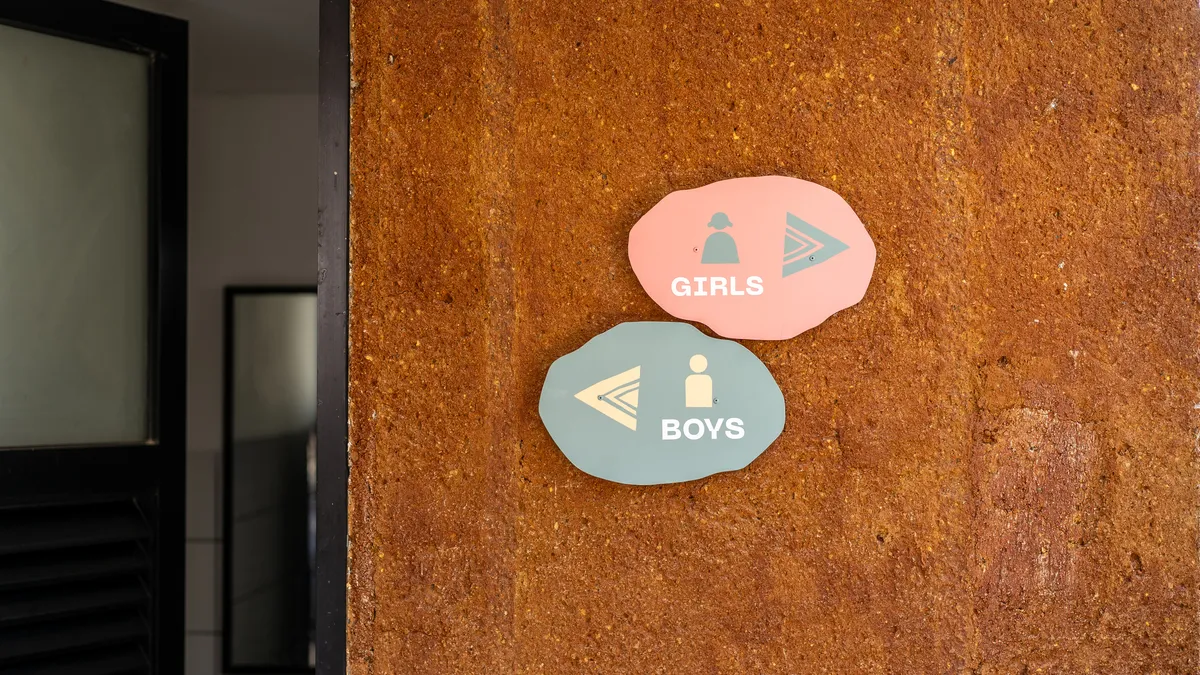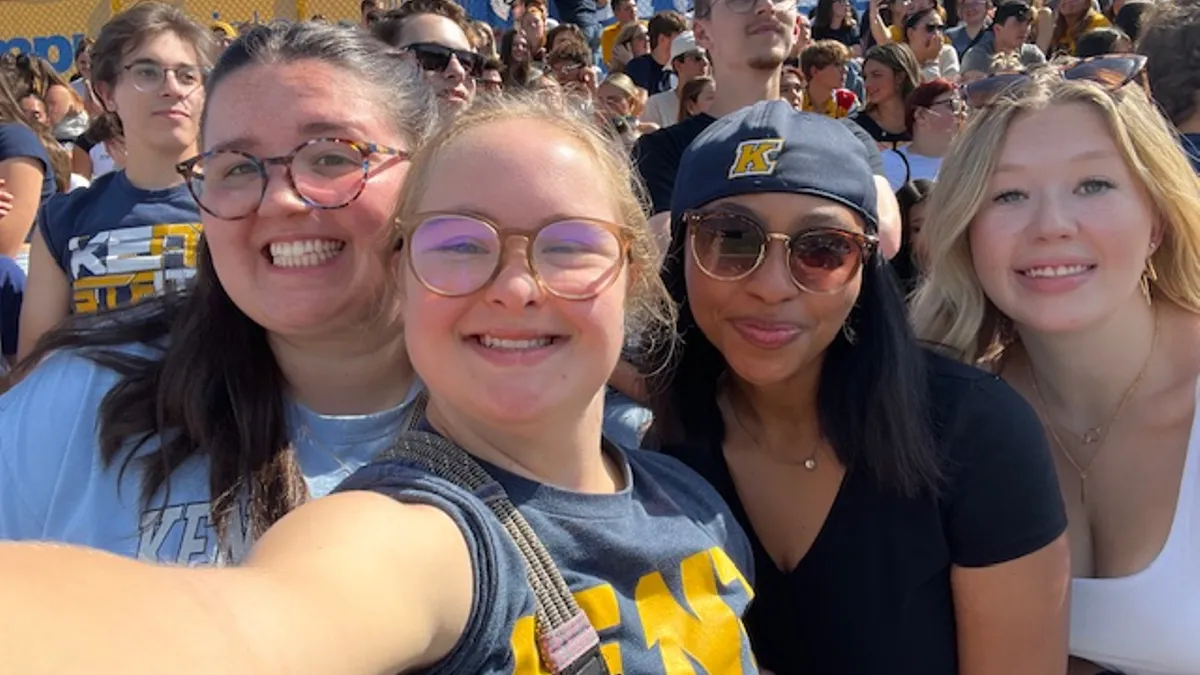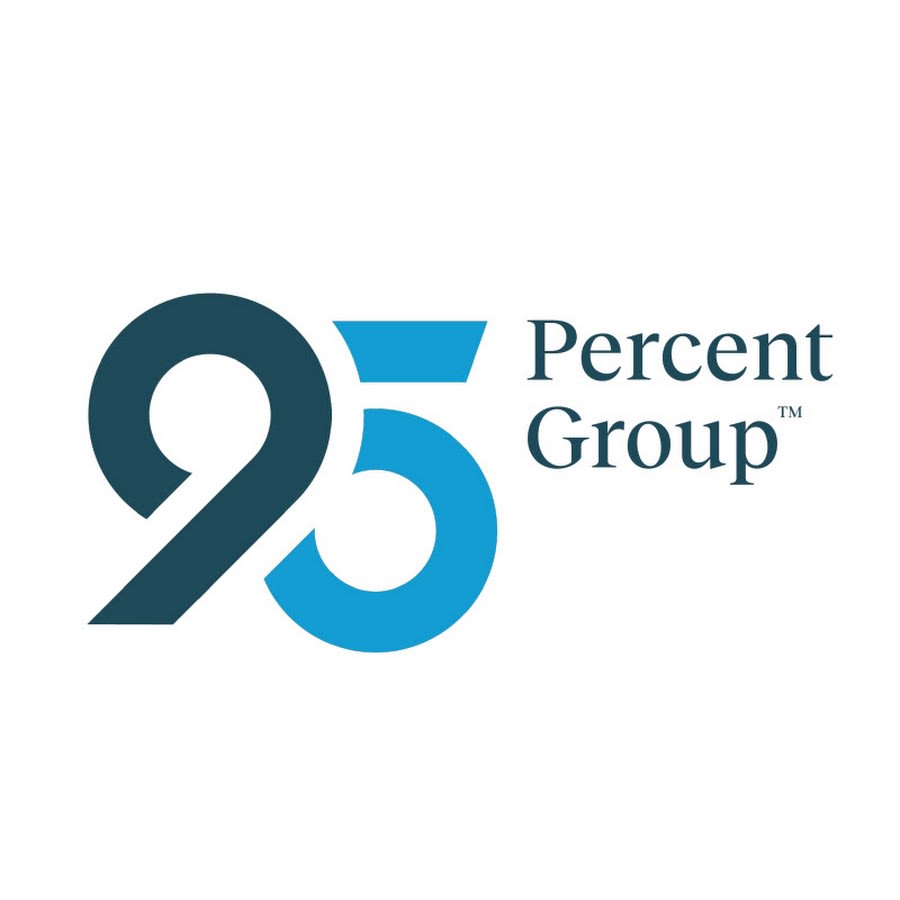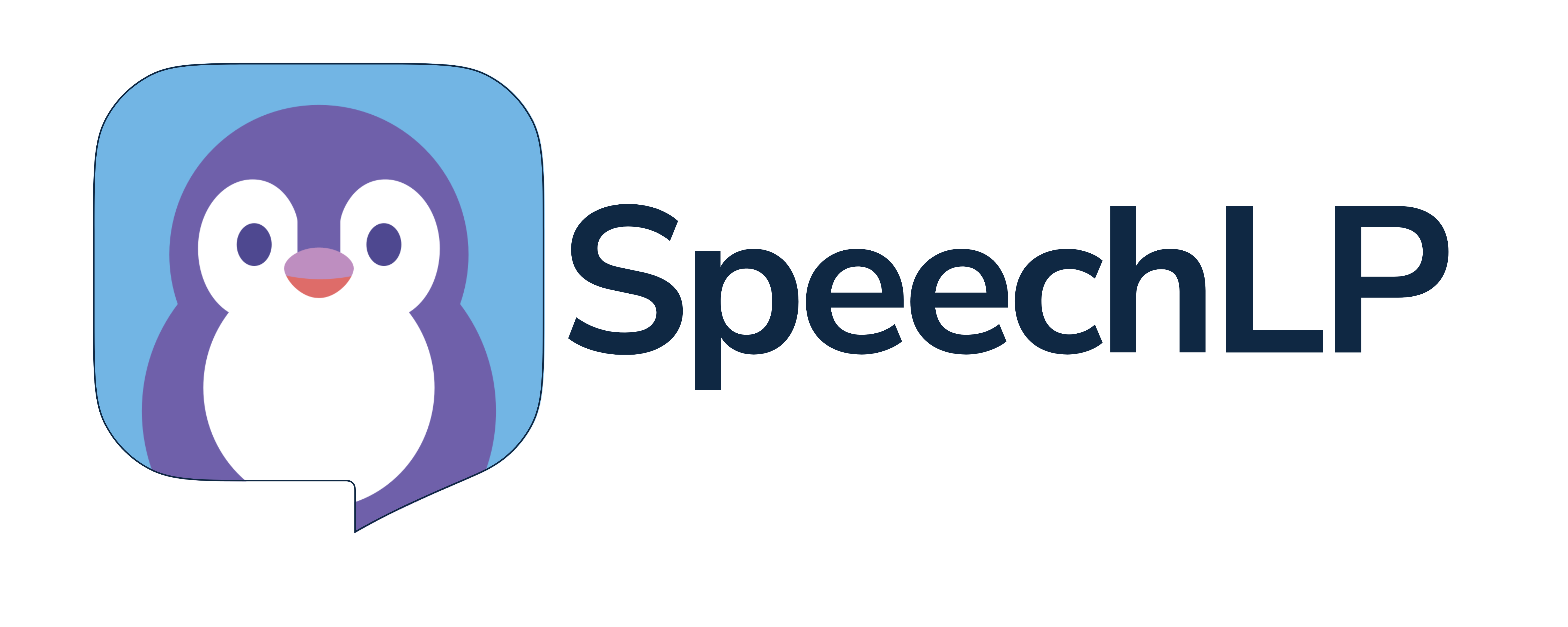Dive Brief:
- Education Savings Accounts (ESAs), which began in 2011, let students and parents choose educational options like tutoring programs, special education services, private coursework, and online classes with federal dollars.
- ESA programs can help parents construct a more customized education for their children by incorporating various elements to personalize instruction in diverse subject areas.
- Yet because the ESA program is relatively new, its benefits, including the fact that unspent funds can go towards a child's future educational needs, like college tuition, remain misunderstood and do not enjoy a widespread understanding as part of school choice conversations.
Dive Insight:
Not all states currently offer Education Savings Accounts as an option. In 2015, Florida and Arizona implemented them, letting families set aside tax dollars typically earmarked for public education to be spent instead on private school tuition or almost any educational opportunity parents see fit for their children. That could include piano lessons, field trips or tutors. Amounts can range from $5,000 to $30,000 annually.
The system is controversial. Most criticism and concerns stem from philosophical questions around what constitutes the best use of public education funds and whether ESAs could decentralize and tear apart the foundations of traditional school districts. ESAs also may offer too much choice and not enough accountability. Last February, one Florida family tried using ESA funds to pay for a family trip to Europe, listed as an educational trip. Still, with checks and balances in place, ESAs could gain traction in K-12.













